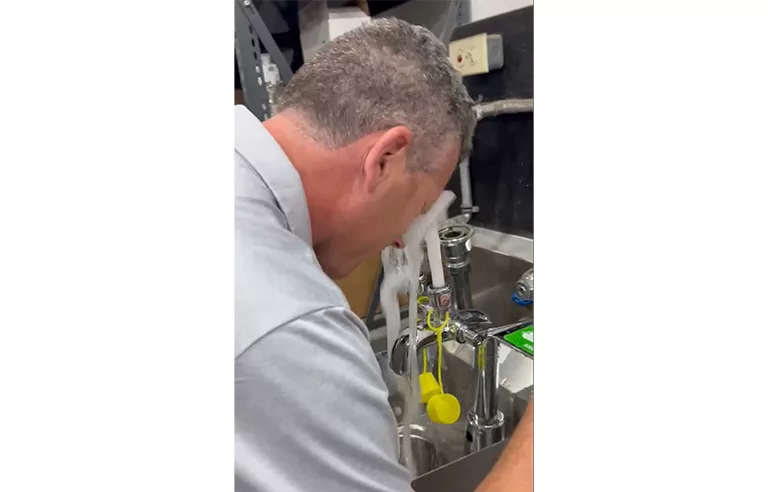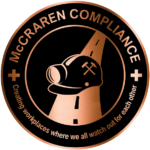How can employers ensure eyewash-and-faucet combination fixtures meet code, perform safely, and are usable in space-constrained or existing-sink situations?

Responding is Greg Hunt, commercial product manager, Chicago Faucets, Des Plaines, IL.
Chemicals, dust, airborne debris and gases can get into workers’ eyes and cause emergencies. About 10% of these emergencies result in missed workdays, while 10%-20% of affected workers suffer temporary or permanent vision loss.
To minimize the impact of such incidents, over the past several decades, facilities have installed emergency eyewash stations to comply with OSHA regulation 29 CFR 1910.151(c). Under this regulation, location matters: emergency eyewash/flush equipment must be reachable in no more than 10 seconds travel time (approximately 55 feet) and on the same level as the hazard. Also, the path to the equipment must be clear and unobstructed.
In many workplaces – laboratories, maintenance areas or retrofitted benches – space or plumbing constraints make installing a standalone emergency eyewash station difficult. In such cases, combination fittings, which integrate a faucet and an eyewash in one unit within the work area, can offer an effective solution that’s immediately accessible.
Key criteria for a compliant combination emergency eyewash with faucet station
Distinct emergency function. The eyewash function must be separate from handwashing or other sink uses. The faucet may be manual or hands-free, but the eyewash function must have its own dedicated, simple-to-operate actuator, and should go from “off” to “on” in one second or less. The actuator valve must remain hands-free once activated; its valve stays open until manually shut off, ensuring that a user (even with impaired vision or gloves) can activate and use it immediately.
Separate internal waterways. The eyewash should have a separate internal plumbing line. This serves two purposes:
- Ensures consistent delivery of tepid water (60-100° F), independent of faucet use or variation in hot/cold supply.
- Prevents contamination (backflow and cross-connection, for example).
Proper nozzle/outlet features
- Dual-stream nozzles irrigate both eyes simultaneously.
- The eyewash with faucets must have caps to protect against dust, debris, etc., and automatically open when the system is activated, avoiding the need for a separate motion to remove the cover.
Temperature control via mixing valve. Supply for combination systems must be through a temperature-actuated mixing valve certified to ASSE 1071. Such valves must:
- Keep outlet water within the ANSI-defined tepid range during normal use.
- Prevent water from exceeding 100° F.
- Allow continued cold-water flow if the hot supply fails.
- Limit temperature and reduce flow (or otherwise respond safely) if cold supply fails.
Compliance with ANSI/ISEA Z358.1 requirements
- Minimum flow rates (such as 0.4 gallons per minute for an eyewash for at least 15 minutes)
- Proper nozzle positioning (height above the work surface; distance from walls/obstructions)
- Adequate clearance around the unit to allow access, visibility and unobstructed use
- Routine inspection and maintenance: weekly activation/flow checks and annual full inspections
Reducing the time to relief in an emergency is critical to protecting workers’ eyesight. When reliable emergency eyewash capability placed close to the hazard is clearly identifiable and easily actuated, it can make the difference between a minor incident and permanent damage.
McCraren Compliance offers many opportunities in safety training to help circumvent accidents. Please take a moment to visit our calendar of classes to see what we can do to help your safety measures from training to consulting.
Original article published by Safety+Health an NSC publication


